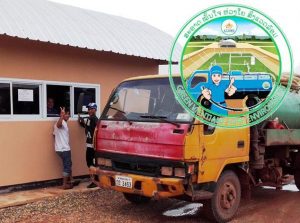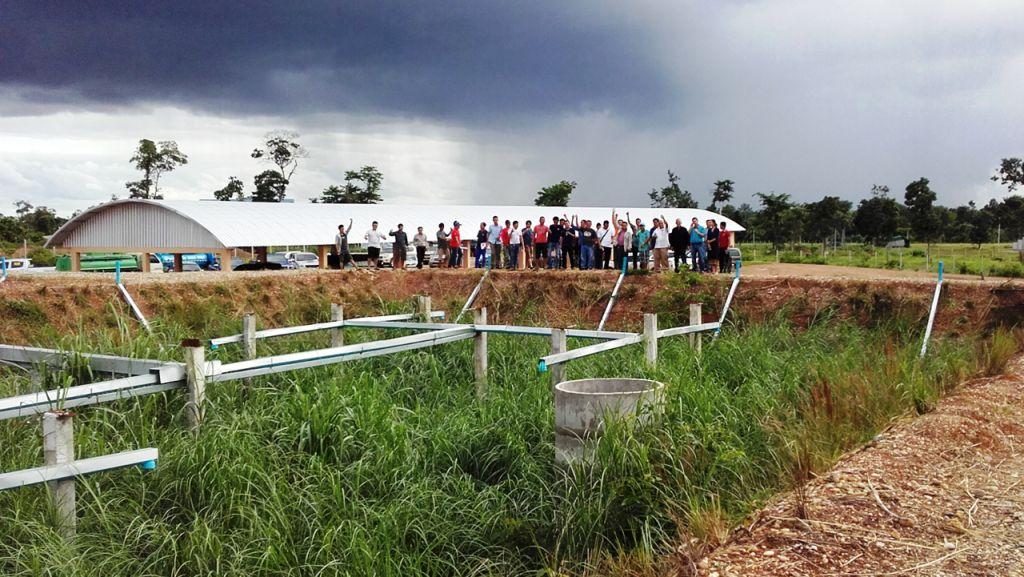It’s official. Three years after the feasibility study was complete, Vientiane’s first fecal sludge treatment plant in Nahai (Xaysettha District) has officially launched. The plant was made possible through financial support from French metropolitan agencies SIAAP (Syndicat interdépartemental pour l’assainissement de l’agglomération parisienne), AIMF (Association Internationale des Maires francophones) and AESN (Agence de l’Eau Seine Normandie), costing over USD $1.4 million.
The FSTP (fecal sludge treatment plant) received much support from the technical assistance of French consulting firm SIA Conseil, WTA (Water Technical Assistance) and GRET, acknowledged the Vientiane City Office for Management and Services (VCOMS).
The FSTP is the world’s first plant to use an innovative treatment process based on planted reed beds, and is described as follows: the fresh sludge is spread over filter beds planted with local reeds to separate the solid part of the sludge while enabling the elimination of pollution through an aerobic biological process. After a period of 8 years, the accumulated layer of humus created on the surface of the beds is removed, dried and can be sold as a means to improve the quality of soil for gardening or even agriculture. In Laos’ tropical climate, this treatment technology is highly efficient in reducing pollution from the sludge.

Vientiane is growing at a phenomenal rate and like other urban metropolises in the world, the city has come face to face with the challenge of managing their citizens’ wastewater.
There is currently no functional sewer system in Vientiane and residences and businesses had primarily used on-site sanitation systems, comprised of septic tanks and rudimentary pits. Once the septic tanks/pits are filled, people would call private desludging vendors to empty the pits and transport the sludge to a designated site, the municipal landfill at KM32.




